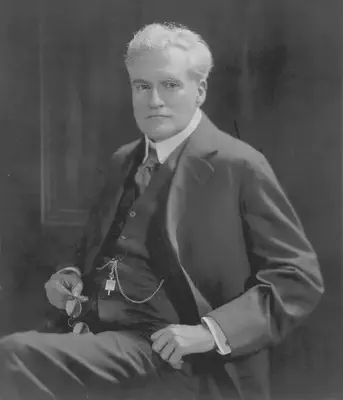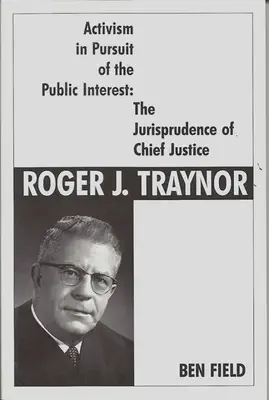Products Liability
Strict Liability
Limits on Strict Liability
Fletcher v. Rylands — PWFOPBOHL&C&KTALDMIIE Rylands v. Fletcher — PWFOPBOHL&C&KTA “non-natural” and LDMIIE First Restatement — “ultrahazardous activity” Second Restatement — “abnormally dangerous activity”
Indiana Harbor Belt v. American Cyanamid
Strict liability applies for behavior that is:
- Very risky and that risk cannot be eliminated at reasonable cost
AND
- Not susceptible to due care analysis
Tort law is the law of
negligence.
Strict liability is the law of tort law when negligence fails.
MacPherson v. Buick Motor Co.

MacPherson v. Buick Motor Co.
Escola v. Coca Cola

Escola v. Coca Cola
Tort Law Values
| Era | Philosophy | Primary Goal | Concern |
|---|---|---|---|
| Classical | Corrective justice | Individual accountability | Autonomy |
| New Deal | Political Economy | Distributive justice | Power |
| Neoliberal | Economics | Maximize utility | Efficiency |
—
Rationale
Power dynamics
Cost spreading / insurance
Deterrence
Extensions of Liability
Plaintiffs: Not just consumers but bystanders.
Defendants: Not just manufacturers but retailers.
Defect Requirement
—
Products Liability
— Manufacturing defects
— Design defects
— Instructions and warnings
Elements of a Claim
[.column]
Negligence
- Duty
- Breach
- Causation
- Harm
[.column] Strict Liability
- Defendant was engaged in the kind of activity where strict liability applies
- Causation
- Harm
[.column] Products Liability
- Defect
- Causation
- Harm
Manufacturing Defects
Design Defects
Barker v. Lull Engineering
Two tests:
- Consumer expectations
- Excessive preventable danger
Soule v. General Motors
—
When does the consumer expectations test apply?
Not at
all clear!
It depends upon the “everyday experience of the product’s users”
1) Consumer expectations
2) Excessive preventable danger
“Reasonable Alternative Design”



Warnings
What are our concerns with the effectiveness of warnings and warning labels?
- Clarity of labels
- Too much text
- Level of detail related to the possible harm
- Language and legalese / What languages?
- Location of label
- Overwarning
- Color and font, visibility
—
Hood v. Ryobi American Corp.
Couple nuances
“Heeding Presumption”
Warnings can’t overcome design defects
—
How can you defend against a strict liability or products liability claim?
Speller v. Sears, Roebuck & Co.
“Refrigerator Fire”
—–